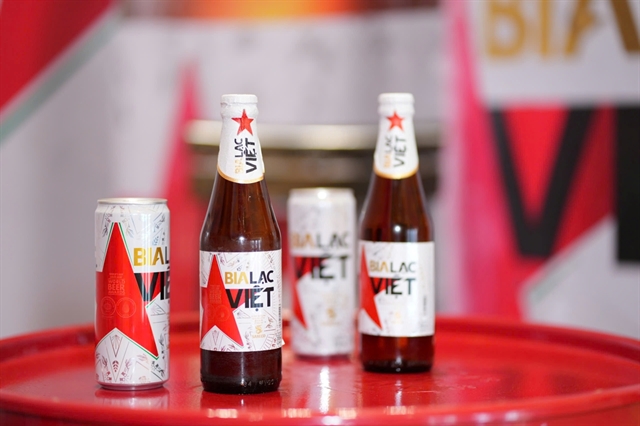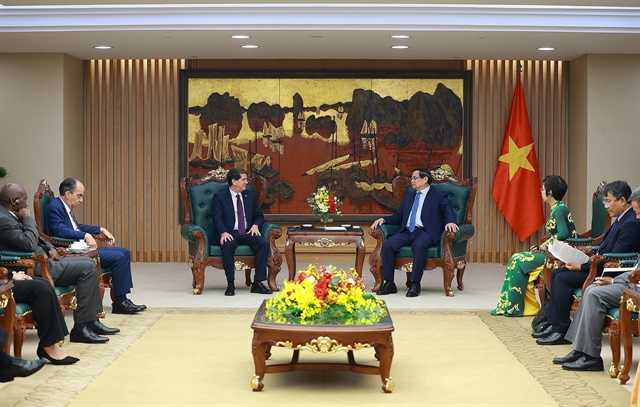 Economy
Economy

 |
| Steel is among the industries with the highest number of protectionist trade measures from Australia. VNA/VNS Photo |
HCM CITY — Vietnamese exporters need to be well prepared for any risks from protectionist trade measures from Australia against Vietnamese goods, such as anti-dumping and anti-subsidy policies, mostly in steel products, experts said.
Speaking at a seminar last week in HCM City, Chu Thắng Trung, deputy director of the Ministry of Industry and Trade’s Trade Remedies Authority, said Australia is a potential export market but it also poses risks of protectionist trade measures against Vietnamese goods.
Amid the growing number of free trade agreements (FTAs) Việt Nam has signed, Việt Nam’s goods are expected to face anti-dumping lawsuits and protectionist trade measures imposed by importing countries, he said.
As of June, there were 222 investigations into Vietnamese exports initiated by 19 export markets, of which, 18 cases came from Australia, including anti-dumping and anti-subsidy cases, mostly in steel products (61 per cent).
According to the Việt Nam Steel Association, steel is among the industries with the highest number of trade lawsuits. From 2004 to July 2022, the industry faced 68 lawsuits, including cases involving anti-dumping, anti-subsidy and anti-tax evasion.
Other exports, such as paper, electrical cables, and household items, are also at risk, Trung said.
Nguyễn Thị Phương Nga, head of the ministry’s Asia-Africa Market Department, said trade between the two countries has continued to grow with an annual average of 11.5 per cent during the 2011-2021 period.
Australia was the 10th largest trading partner of Việt Nam last year with bilateral trade turnover reaching $12.4 billion, up 49 per cent year-on-year. In the first seven months, Australia was the seventh largest trading partner of Việt Nam.
Australia is the world’s 13th largest economy with an import value of nearly $250 billion per year.
With a population of only 25.7 million, Australia is a potential market as Australian people are willing to pay for high quality imported products, according to Nga.
Việt Nam’s exports to Australia include agricultural, fishery and wood products, machinery, transport vehicles, and steel.
Meanwhile, Australia’s exports to Việt Nam include textile-garment and leather-footwear materials, coal, iron ore, dairy products, chemicals and chemical products.
Trần Ngọc Bình, head of the HCM City branch of Ministry of Industry and Trade's Import-Export Management Division said the two countries are partners in three FTAs, namely the ASEAN - Australia - New Zealand Free Trade Area (AANZFTA), the Comprehensive and Progressive Agreement for Trans-Pacific Partnership (CPTPP), and the Regional Comprehensive Economic Partnership (RCEP).
Phùng Gia Đức, deputy head of the Foreign Trade Defence Handling Division under the Ministry of Industry and Trade’s Department of Trade Defence, said trade measures, including anti-dumping, anti-subsidy and safeguarding measures are allowed by FTAs and the World Trade Organisation (WTO) to prevent unfair competition, such as dumping and subsidies for imported goods.
These also prevent a sudden surge of imported goods which has the potential to cause serious damage to domestic manufacturing industries.
They are also an important legal tool to protect local industries and enterprises, especially when tariff barriers are removed in accordance with international commitments.
Experts recommended that Vietnamese firms respond to foreign trade remedies by studying the laws of importing countries.
They need to diversify their export markets as well as products while increasing competitiveness through quality and brand awareness. — VNS


.jpg)

